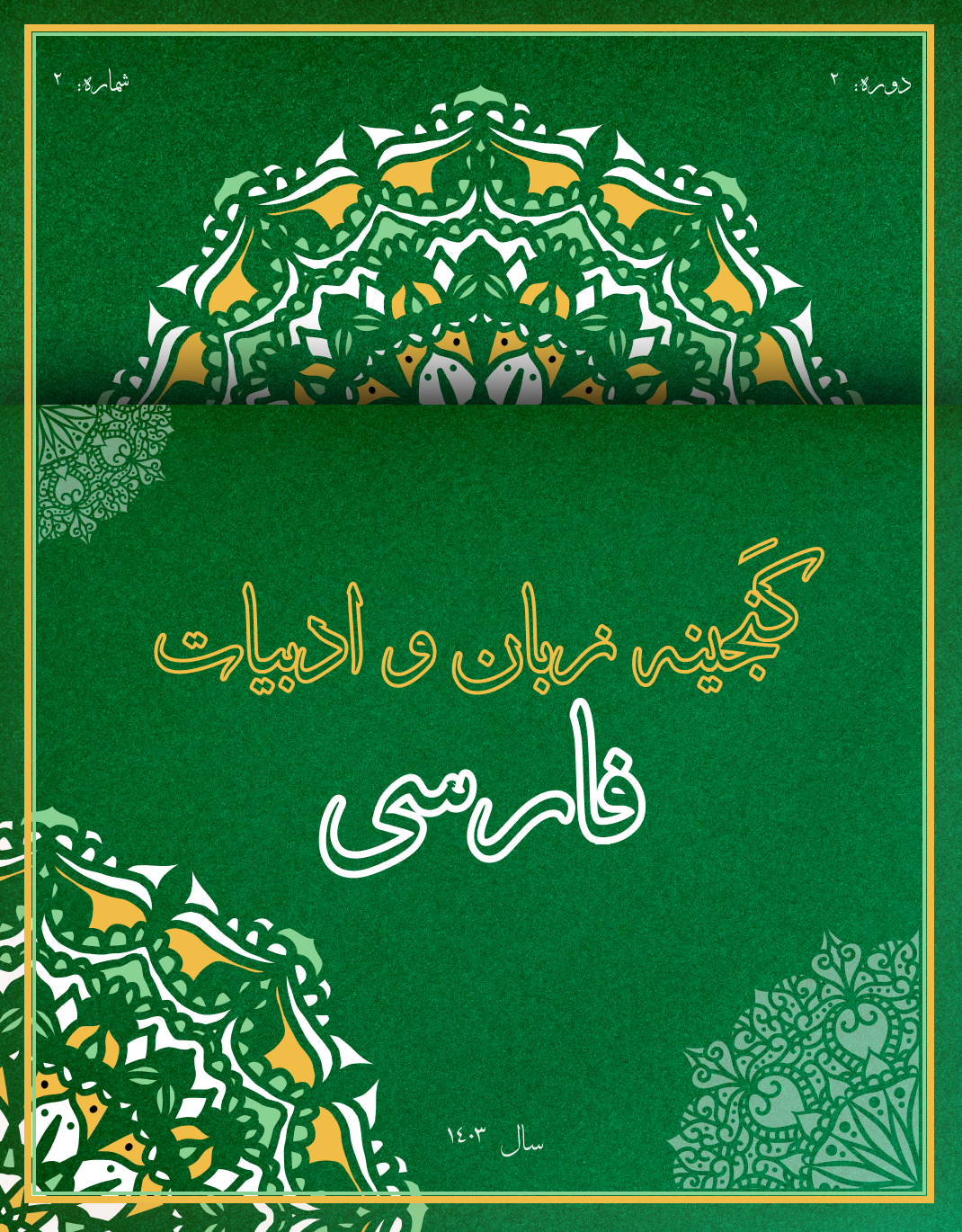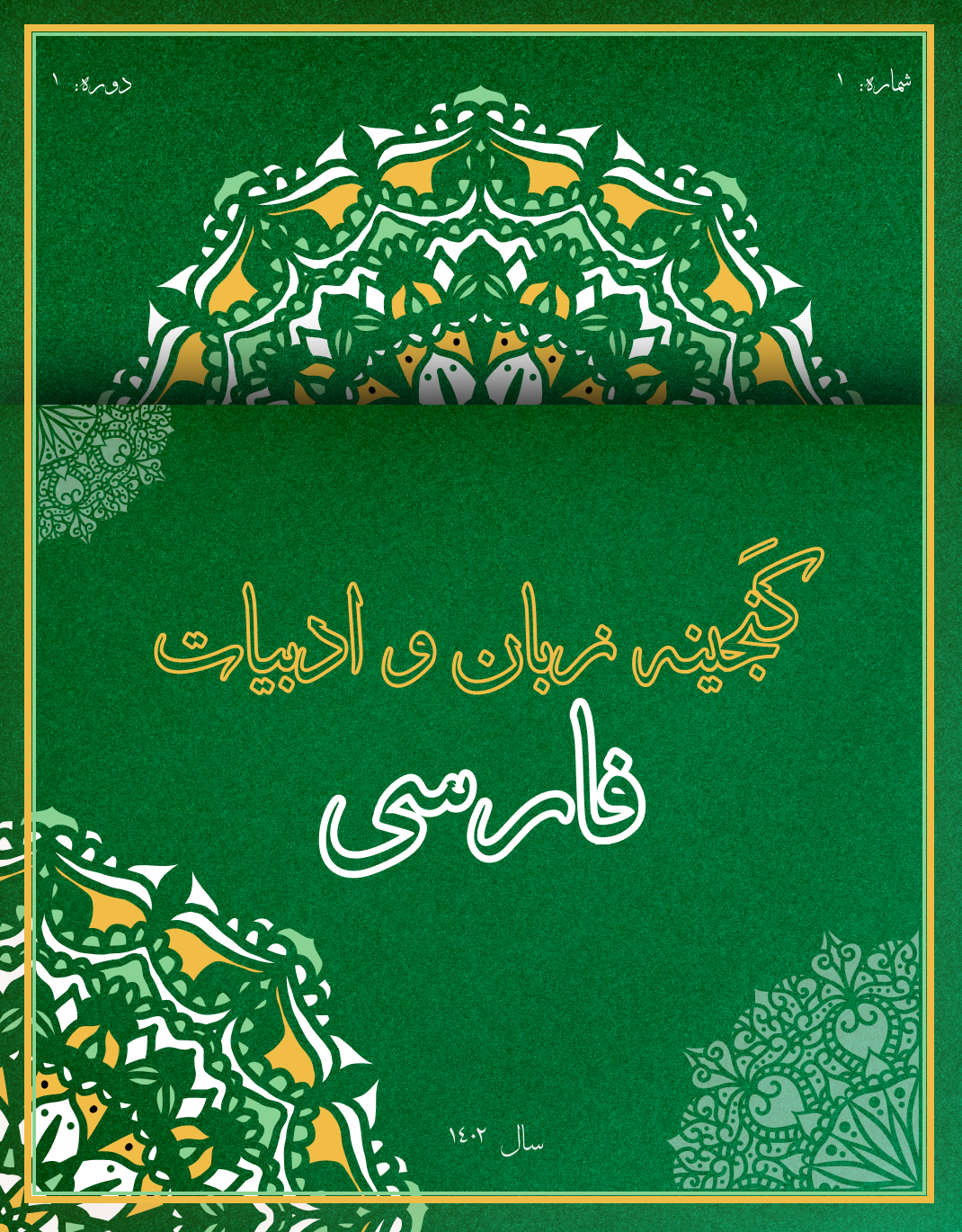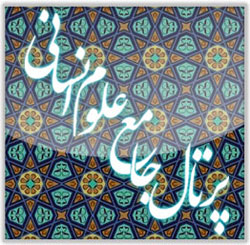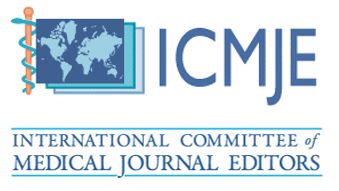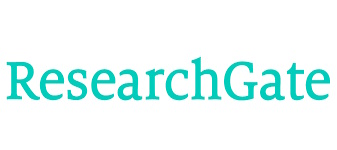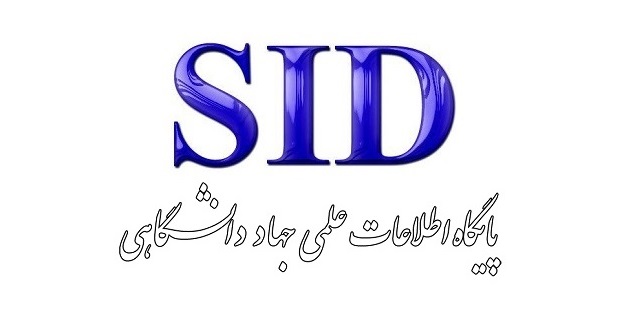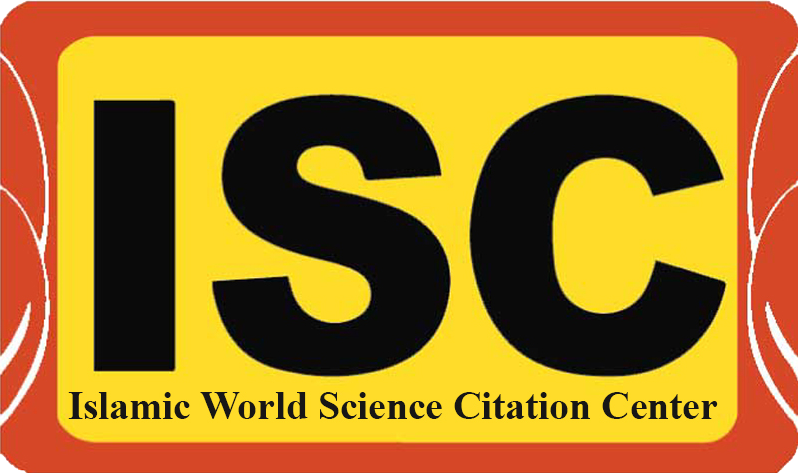Narrative Analysis in Iranian Folklore Stories Using Modern Narratology Theories
Keywords:
Modern narratology, Iranian folklore stories, narrative structure, time, viewpoint, characters, cultural and social messagesAbstract
This article explores the narrative analysis of Iranian folklore stories using modern narratology theories. The primary objective of this study is to examine the narrative structures, time, viewpoint, characters, and other key concepts in these stories to gain a deeper understanding of their structural and semantic characteristics. For this purpose, prominent narratological theories by Gérard Genette, Tzvetan Todorov, Roland Barthes, and Mikhail Bakhtin are employed. The findings show that Iranian folklore stories have complex and non-linear temporal structures that operate differently from linear narratives through techniques like flashbacks and foreshadowing. Additionally, changes in the focalization in these stories highlight the multiplicity of viewpoints and the social and cultural complexities. Characters in these stories typically have fixed and defined roles, often in contrast to antagonists and various obstacles that drive the story forward. Content analysis reveals that these stories, beyond conveying moral and social messages, particularly in areas like loyalty, courage, and justice, serve as tools for education and the transmission of cultural values. Finally, the article suggests that future research should compare Iranian folklore narratives with those of other cultures and place more emphasis on the analysis of negative characters within these stories.
